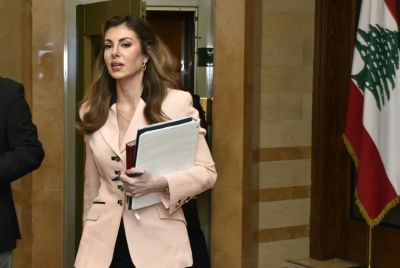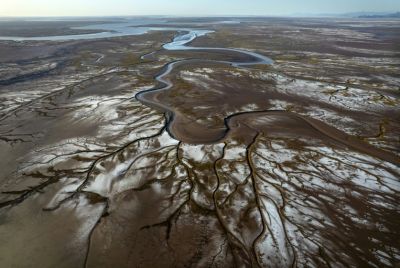Australia Declares State Of Emergency, Nation Faces ‘Most Dangerous Brushfire’ Since Black Saturday
With more than 60 fires burning across the state, New South Wales authorities declare a state of emergency.
The New South Wales government declared a state of emergency for seven days and NSW state Emergency Services Minister David Elliot tells residents to prepare for what could be “the most dangerous brushfire week this nation has ever seen” on Monday.

According to CNN, New South Wales (NSW) Rural Fire Service reported that as of early Monday, 64 fires are burning and 40 are yet to be contained.
NSW Rural Fire Service commissioner Shane Fitzsimmons reported three casualties on Saturday along with seven missing persons and more than 100 homes lost to the state-wide fires.
“Relocate while things are calm without the pressure or anxiety of fires bearing down the back door,” he said on Monday.
The state declared more than 600 schools and technical colleges to be closed on Tuesday due to forecasts that the fires would be much worse they had been on Friday.
The state of emergency gave the fire fighters major control on government resources, evacuations, closing roads and utility shut-downs.
Officials maximized the Australian military personnel to support the 1,500 fire fighters who are fighting 60 fires across the state.
According to Fitzsimmons, the state of Victoria sent an additional 400 fire fighters on 50 fire trucks to NSW to help with the 18 fires across the state which officials deemed to be out of control, Al Jazeera reported.
“Everybody has to be on alert no matter where you are and everybody has to assume the worst and we cannot allow complacency to creep in,” NSW Premier Gladys Berejiklian said. “Tomorrow is about protecting life, protecting property and ensuring everybody is safe as possible.”
Outside of NSW, authorities had also raised the forecast for the greater Sydney region to catastrophic fire danger for Tuesday as the temperatures are expected to soar to more than 34 degrees Celsius (93 degrees Fahrenheit) accompanied by strong, dry winds.
It is the first time the city has been rated at that level since new fire danger ratings were introduced in 2009.
Meanwhile, north of NSW, Queensland state suffered a plummet in air quality to the lowest possible rating of “very poor” in Brisbane and the surrounding cities, leading to wildfires that eventually destroyed nine homes on Monday.
“The catastrophic weather conditions mean that things can change very quickly,” Berejiklian said.
Brushfires are common during hot, dry Australian summers but according to ABC News, the country’s fire season came early following and unusually warm and dry winter.
According to Berejiklian, the last time a state of emergency was declared in NSW was in 2013, when there were “extensive fires” in the Blue Mountains west of Sydney.
Historically, Australia’s worst brushfire ever recorded was dubbed as the “Black Saturday” and happened in 2009 in Victoria where it burned thousands of homes, injured 414 people and led to 173 casualties.
The recent events incited debate on Australia’s actions towards climate change.
Prime Minister Scott Morrison, a member of the country’s conservative government and a supporter of the coal industry received the attention of environmental activists and the opposition politicians; however, he had no comment about the relevance of climate change to the fires.
Deputy Prime Minister Michael McCormack gave his comment on Monday and accused activists of politicising the events.
“They don’t need the ravings of some pure, enlightened and ‘woke’ capital city greenies at this time, when they’re trying to save their homes, when in fact they’re going out in many cases saving other people’s homes and leaving their own homes at risk.”
© Copyright IBTimes 2024. All rights reserved.
Join the Discussion





















